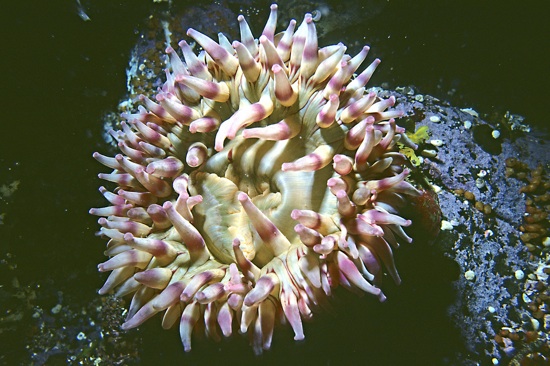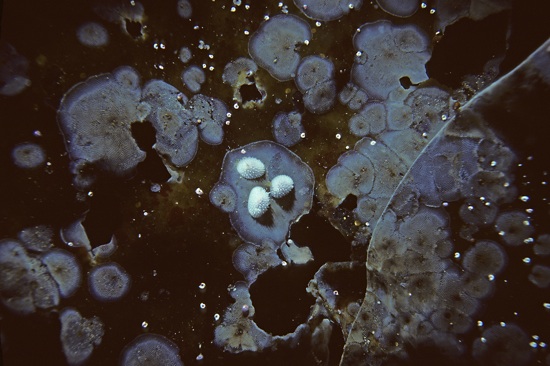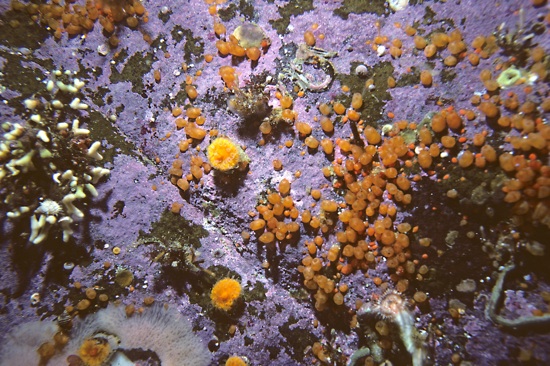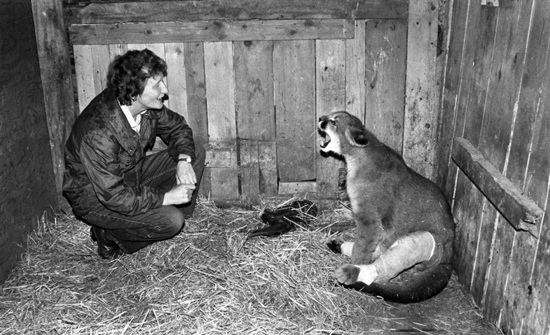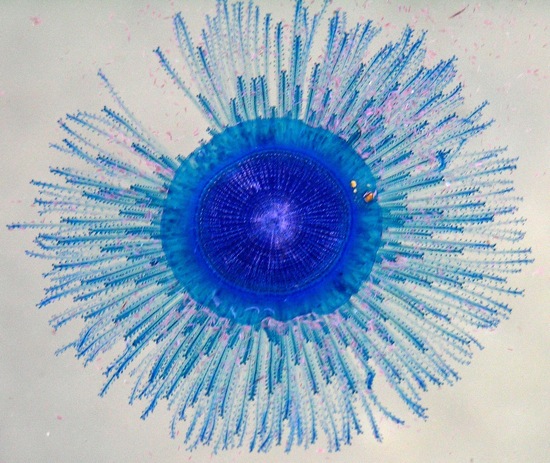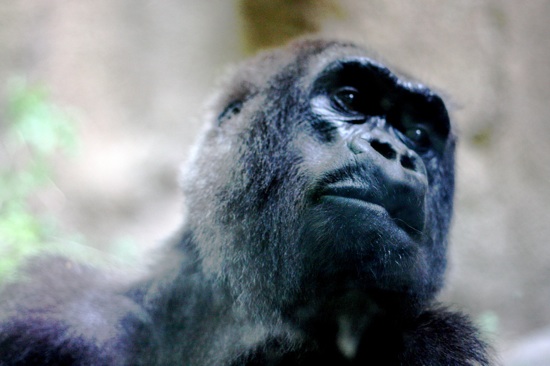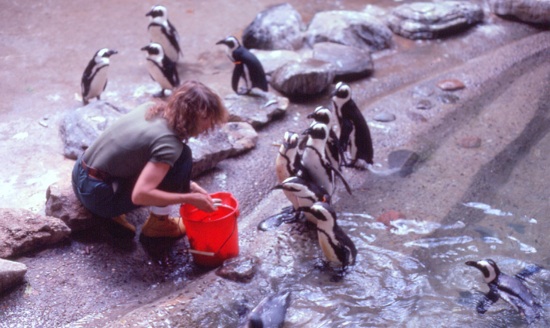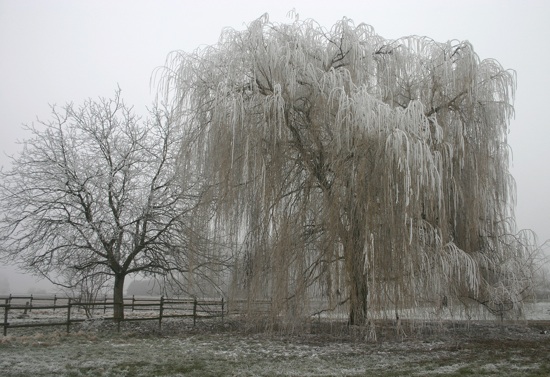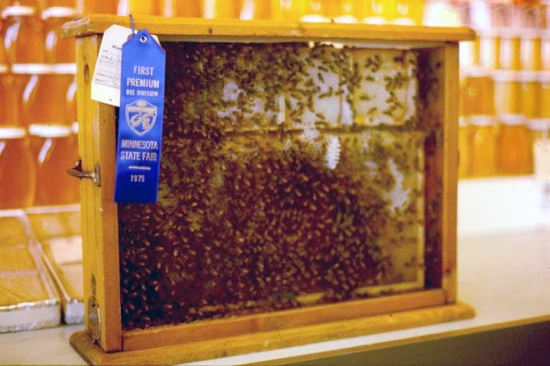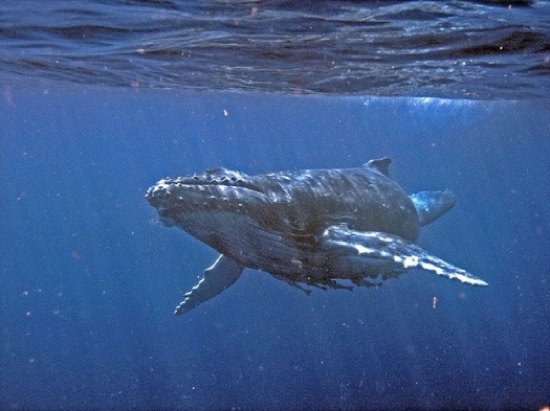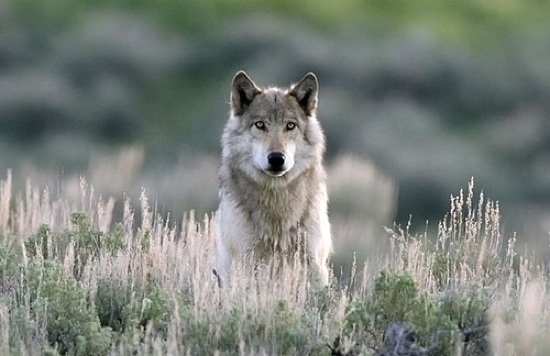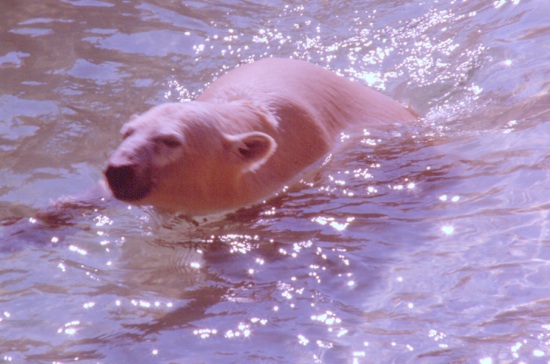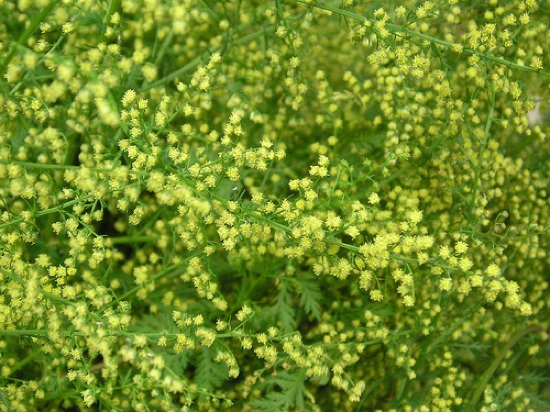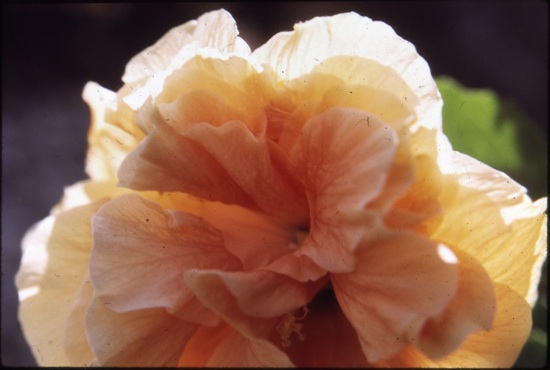In 2005, Steven Rinella won a lottery permit to hunt for a wild buffalo, or American bison, in the Alaskan wilderness. Despite the odds--there's only a 2 percent chance of drawing the permit, and fewer than 20 percent of those hunters are successful--Rinella managed to kill a buffalo on a snow-covered mountainside and then raft the meat back to civilization while being trailed by grizzly bears and suffering from hypothermia."American Buffalo" is a narrative tale of Rinella's hunt. But beyond that, it is the story of the many ways in which the buffalo has shaped our national identity. Rinella takes us across the continent in search of the buffalo's past, present, and future: to the Bering Land Bridge, where scientists search for buffalo bones amid artifacts of the New World's earliest human inhabitants; to buffalo jumps where Native Americans once ran buffalo over cliffs by the thousands; to the Detroit Carbon works, a"bone charcoal" plant that made fortunes in the late 1800s by turning millions of tons of buffalo bones into bone meal, black dye, and fine china..
Frank and Deborah Popper on BTBNMP3: Pete Seeger - Home On The Range


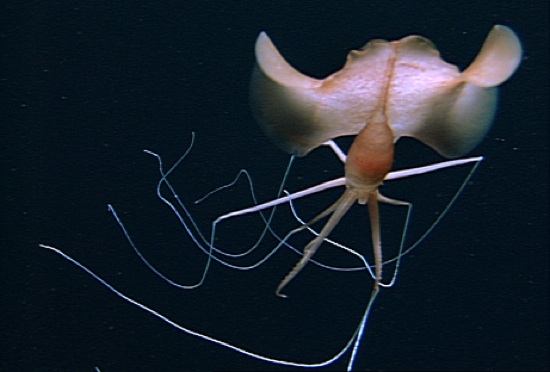 If you haven't seen
If you haven't seen 